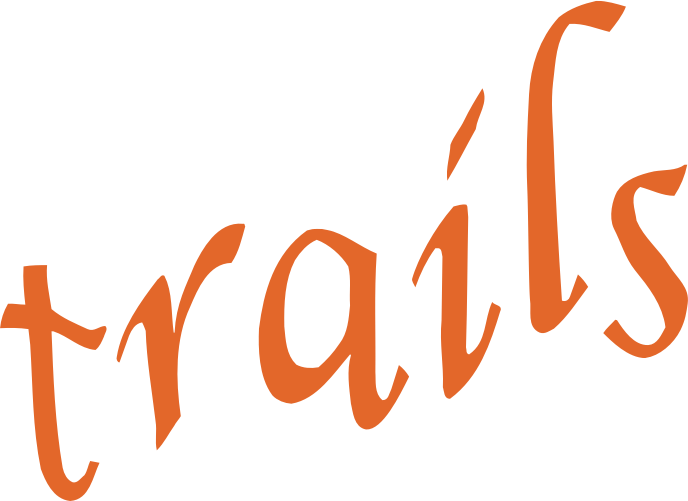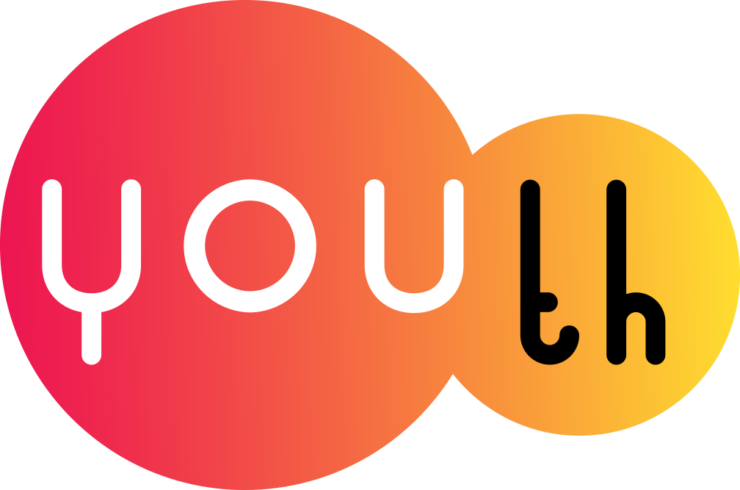-
measure Laboratory Temperament Assessment Battery (Lab-TAB)
Study: Generation R Mode of collection: Observation Available measurements: Generation R 3 yearsThe Laboratory Temperament Assessment Battery (Lab-TAB) is a standardized observational assessment tool that is used to study temperament dimensions in young children through a series of episodes that mimic everyday situations.Created June 5, 2024 • Updated September 19, 2024 -
measure Impossible puzzle
Study: Generation R Mode of collection: Observation Available measurements: Generation R 3 yearsIn the Impossible puzzle paradigm, children are instructed to assemble a wooden puzzle in which one piece is intentionally made too big, so that it would never fit. The observations are coded to score children's persistence on the task (i.e., working on the puzzle, trying to make the major piece fit).Created June 5, 2024 • Updated September 19, 2024 -
measure Delay of gratification task
Study: Generation R Mode of collection: Observation Available measurements: Generation R 3 yearsThe Delay of Gratification task aims to measure self-regulation by presenting the child with the choice between a small reward in the short-term and a larger reward in the long-term. The classic implementation of the Delay of Gratification task is the Marshmallow experiment, in which a child is presented with one marshmallow right now and is instructed...Created June 5, 2024 • Updated September 19, 2024 -
measure Language Development Survey (LDS)
Study: Generation R Mode of collection: SelfAdministeredQuestionnaire Available measurements: Generation R 2.5 yearsThe Language Development Survey (LDS) assesses receptive and expressive language development. It is a 310-word vocabulary checklist, e.g., ‘Apple’ and ‘Tortoise’, with words arranged within 14 semantic categories. Parents are asked to identify the words that the child uses spontaneously.Created June 5, 2024 • Updated September 19, 2024 -
measure Emotion recognition tasks
Study: Generation R Mode of collection: MeasurementsAndTests Behavioral/cognitive task Available measurements: Generation R 3 yearsChildren's ability to recognize facial emotion (happiness, sadness, anger, and fear) was assessed during a visit to the research centre at the age of 3. The assessment involved a nonverbal emotion-matching task and a verbal emotion-labelling task. In the emotion-matching task, children had to match a face expressing a specific emotion with one of two...Created June 5, 2024 • Updated September 19, 2024 -
measure Child Development Inventory (CDI) - Motor development
Study: Generation R Mode of collection: SelfAdministeredQuestionnaire Available measurements: Generation R 6 months 1 year 1.5 years 2 years 4 yearsThe Child Development Inventory (CDI) was used to assess fine and gross motor development. The fine motor development scale measures eye-hand coordination - from picking up objects to scribbling and drawing. The gross motor development scale measures walking, running, climbing, jumping, riding, balance, and coordination. Each scale consists of 30 yes/no...Created June 5, 2024 • Updated September 19, 2024 -
measure Child Development Inventory (CDI) - Receptive and expressive language
Study: Generation R Mode of collection: SelfAdministeredQuestionnaire Available measurements: Generation R 1 year 1.5 yearsThe Child Development Inventory (CDI) was used to assess receptive and expressive language using age-appropriate items from the expressive language scale and the language comprehension scale. The scales ask caregivers to indicate on yes/no-items what sounds or words the child produces or understands.Created June 5, 2024 • Updated September 19, 2024 -
measure Parent-Child Interaction
Study: TRAILS Mode of collection: Observation Available measurements: The Next Generation NEXT - T2 NEXT - T3The Free Play Task aims to measure the way parents and their children interact, by observing them during free play without instructions.Created June 5, 2024 • Updated June 20, 2024 -
measure Delay of gratification task - Raisin task
Study: TRAILS Mode of collection: Observation Available measurements: The Next Generation NEXT - T3The Delay of Gratification task aims to measure self-regulation by presenting the child with the choice between a small reward in the short-term and a larger reward in the long-term. The classic implementation of the Delay of Gratification task is the Marshmallow experiment, in which a child is presented with one marshmallow right now and is instructed...Created June 5, 2024 • Updated June 20, 2024 -
measure Infant-Toddler Social and Emotional Assessment (ITSEA)
Study: TRAILS Mode of collection: SelfAdministeredQuestionnaire Available measurements: The Next Generation NEXT - T3The Infant-Toddler Social and Emotional Assessment (ITSEA) is an empirically validated clinical tool that was developed to assess social-emotional and behavior problems, as well as delays or deficits in the acquisition of competencies that may arise between the ages of 12 and 36 months.Created June 5, 2024 • Updated June 20, 2024 -
measure Infant Behavior Questionnaire Revised (IBQ-R)
Study: TRAILS Mode of collection: SelfAdministeredQuestionnaire Available measurements: The Next Generation NEXT - T2 NEXT - T3 NEXT - T4 NEXT - T5The Infant Behavior Questionnaire (IBQ) and Infant Behavior Questionnaire-Revised (IBQ-R) were designed to measure temperament in infants between the ages of 3 and 12 months. The IBQ assesses dimensions of temperament, such as activity level, soothability, fear, distress to limitations, smiling and laughter, and duration of orienting, among others. The...Created June 5, 2024 • Updated June 20, 2024 -
measure Ages and Stages Questionnaire - Social-Emotional (ASQ-SE)
Study: TRAILS Mode of collection: SelfAdministeredQuestionnaire Available measurements: The Next Generation NEXT - T3The Ages and Stages Questionnaire (ASQ) assessess childrens' skills in five developmental areas, including Communication, Fine Motor, Gross Motor, Problem-Solving, and Personal-Social. This developmental check-up is available for children between 2 and 60 months.Created June 5, 2024 • Updated June 20, 2024 -
measure Social Information Processing - Attribution and Emotional Response Questionna...
Study: TRAILS Mode of collection: Interview Available measurements: The Next Generation NEXT - T3 NEXT - T4The Social Information Processing - Attribution and Emotional Response Questionnaire (SIP-AEQ) assesses how participants interpret socially ambiguous situations in which an adverse action is directed at the person with whom they are asked to identify with. The questionnaire consists of vignettes about hostile attribution, instrumental attribution, and...Created June 5, 2024 • Updated June 20, 2024 -
measure Early Social Communication Scales (ESCS)
Study: TRAILS Mode of collection: Observation Available measurements: The Next Generation NEXT - T3The Early Social Communication Scales (ESCS) is a validated observational assessment of social behavior and nonverbal communication skills in young children between 8 and 30 months of age. It includes measures of joint attention, behavioral requests, and social interaction.Created June 5, 2024 • Updated June 20, 2024 -
measure Delay of gratification task - Present task
Study: TRAILS Mode of collection: Observation Available measurements: The Next Generation NEXT - T3The Delay of Gratification task aims to measure self-regulation by presenting the child with the choice between a small reward in the short-term and a larger reward in the long-term. The classic implementation of the Delay of Gratification task is the Marshmallow experiment, in which a child is presented with one marshmallow right now and is instructed...Created June 5, 2024 • Updated June 20, 2024 -
measure Developmental milestones
Study: TRAILS Mode of collection: Other Available measurements: The Next Generation NEXT - T2 NEXT - T3 NEXT - T4Developmental milestones assesses the presence and timing of a list of developmental milestones, such as babbling, first words, joint attention, rolling over, walking, teething, counting, role play, etc. Data were obtained via the infant's growth booklet.Created June 5, 2024 • Updated June 20, 2024 -
measure Interpersonal Reactivity Index (IRI)
Study: YOUth Mode of collection: SelfAdministeredQuestionnaire Available measurements: Baby and Child 3 years 6 years
Child and Adolescent 9 years 12 yearsThe Interpersonal Reactivity Index (IRI) is a measure of dispositional empathy that takes as its starting point the notion that empathy consists of a set of separate but related constructs. The instrument contains four seven-item subscales, each tapping into a separate facet of empathy.Created June 5, 2024 • Updated June 20, 2024 -
measure Strengths and Difficulties Questionnaire (SDQ)
Study: YOUth Mode of collection: SelfAdministeredQuestionnaire Available measurements: Baby and Child 3 years 6 years
Child and Adolescent 9 years 12 yearsThe Strengths and Difficulties Questionnaire (SDQ) is a brief questionnaire for assessing the psychosocial adjustment of children and adolescents. Versions are available for parents and teachers of 4- to 16-year-olds, and a nearly identical version can be completed independently by 11- to 16-years olds. The SDQ differs from related instruments in that it...Created June 5, 2024 • Updated June 20, 2024 -
measure Gaze Cueing experiment
Study: YOUth Mode of collection: MeasurementsAndTests Eyetracking Available measurements: Baby and Child 5 months 10 months 3 years 6 years
Child and Adolescent 9 years 12 yearsThe Gaze Cuing experiment is an eye-tracking task that measures a participant's sensitivity to another person's gaze direction as a possible cue to predict the location of a next event. Sensitivity to gaze direction is taken as a marker of social competence. In the Social Gaze Task, children see a face with direct gaze, followed by an eye gaze shift to...Created June 5, 2024 • Updated June 20, 2024 -
measure Infant Behavior Questionnaire Revised - Short Form (IBQ-R-SF)
Study: YOUth Mode of collection: SelfAdministeredQuestionnaire Available measurements: Baby and Child 5 months 10 months 3 years 6 yearsThe Infant Behavior Questionnaire (IBQ) and Infant Behavior Questionnaire-Revised (IBQ-R) were designed to measure temperament in infants between the ages of 3 and 12 months. The IBQ assesses dimensions of temperament, such as activity level, soothability, fear, distress to limitations, smiling and laughter, and duration of orienting, among others. The...Created June 5, 2024 • Updated June 20, 2024



